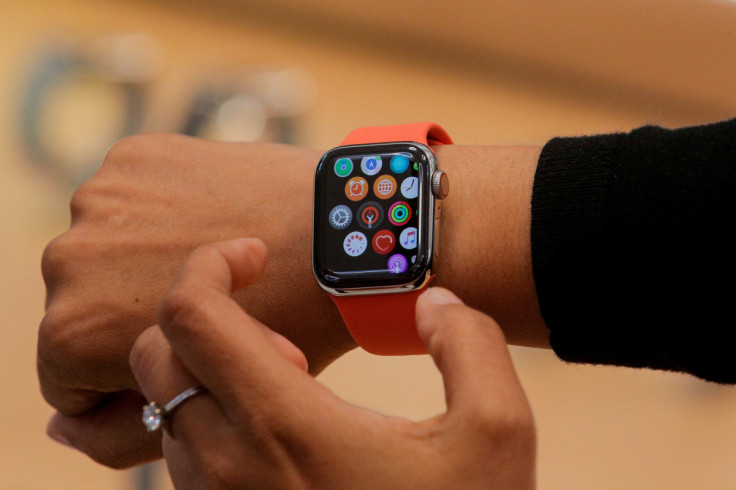
According to multiple leaks from tech insiders, the new Apple Watch Series 10 will reportedly feature a larger display and a new chip, but new health features are now in the balance.
Mark Gurman, a tech journalist at Bloomberg, claims that although the new Apple Watch will come with substantial upgrades, including a larger display and new chip, there are indications that the new health features users were hoping for won't make their way to the Series 10.
Screen Size
Both versions of the Series 10 Apple Watch will be equipped with bigger screens, codenamed by Apple engineers as N217 and N218. The change means Series 10 shoppers can pick up a screen as large as the one on the Apple Watch Ultra.
According to reports, the largest Series 10 variant will have a screen size of 49mm, while the smaller screen will measure 45mm.
Remember, unlike other Apple devices, these sizes measure the watch's case height, not the diagonal screen size. Naturally, a taller case also means a bigger display.
The new form factors make the smallest watch as big as the current larger Series 9, and the new bigger model would approach - and perhaps surpass - the Ultra screen size.
The Ultra will still be a bit bulkier overall, as its chassis features a thicker titanium design with a protruding crown guard. This model won't get a significant design change or screen size increase.
Faster Chip
The new Apple Watch will also sport a faster chip. Both the Series 10 and the new Ultra 3 will get a new processor that succeeds last year's S9 chip. It is expected to be faster and more powerful.
However, you should reset your expectations if you're hoping the device will run Apple Intelligence, the upcoming suite of AI features. That service will be available in 2025 only on the iPhone, iPad, and Mac. Later, it will be available on the Vision Pro, but there are no plans to bring the full initiative to the watch.
New Health Features?
Now, this is where things get really interesting. Earlier this year, reports of ground-breaking new health features for the Apple Watch, such as hypertension and sleep apnea detection, circulated.
However, according to Bloomberg, the "effort hasn't gone smoothly", and "Apple has run into some serious snags."
For instance - the hypertension detection feature has been insufficiently reliable during testing, and there are concerns about integrating it into the refreshed design, which could force Apple to postpone this feature until next year.
Likewise, the sleep apnea detection feature is now in trouble because it relies on blood oxygen saturation, which Apple Watches in the United States cannot currently measure due to an ongoing legal dispute with Masimo.
It's possible that the dispute with Masimo could be resolved by September, or Apple could find a way around it by arguing that the blood oxygen sensor could be used for purposes that are not directly related to blood oxygen levels.
The company could also announce the sleep apnea detection feature and hold off releasing it until a later date. As a result, it's become unlikely that the Series 10 will be equipped with a slew of new health tools.
Even when the option does launch, it won't be a replacement for the blood pressure cuff that some consumers have at home. Unlike the heart rate and blood oxygen apps on the Apple Watch, the mechanism isn't designed to give you an actual reading.
Instead, it will determine your baseline and monitor whether your blood pressure is relatively high. Then, you'll be able to note what you were doing when your reading spiked.
Anniversary Model?
Apple likes to commemorate product anniversaries when it can. As the iPhone neared its 10th birthday in 2017, the company raced to get the iPhone X out in time.
That model was a significant upgrade, with a new design featuring an edge-to-edge display. (To make the model number work, Apple skipped the iPhone 9.)
However, it is still unclear whether Apple will brand the new Apple Watches as unique anniversary models or wait until next year, given that the original Apple Watch was announced in 2014 and released in 2015.
Beyond new features, Apple is also considering some manufacturing changes. It continues to test and discuss the idea of 3D-printing the chassis for some Apple Watch models. This could speed up production and help the environment by allowing Apple to use less material.
The company is also working on a new version of its lower-cost Apple Watch SE model, which it last updated in 2022. One idea the company has tested is swapping the aluminium shell for rigid plastic. It's likely to lower the cost to something that could better rival Samsung's cheapest watch, the $199 Galaxy Watch FE. The SE currently starts at $249.







